Last updated on March 31st, 2022
Icynene insulation cost guide
Using an icynene spray foam insulation system can save up to 50% on energy bills when compared to traditional home insulation products. It consists of a soft, flexible foam that’s applied as a spray. In this guide, we take a look at the average icynene insulation cost.
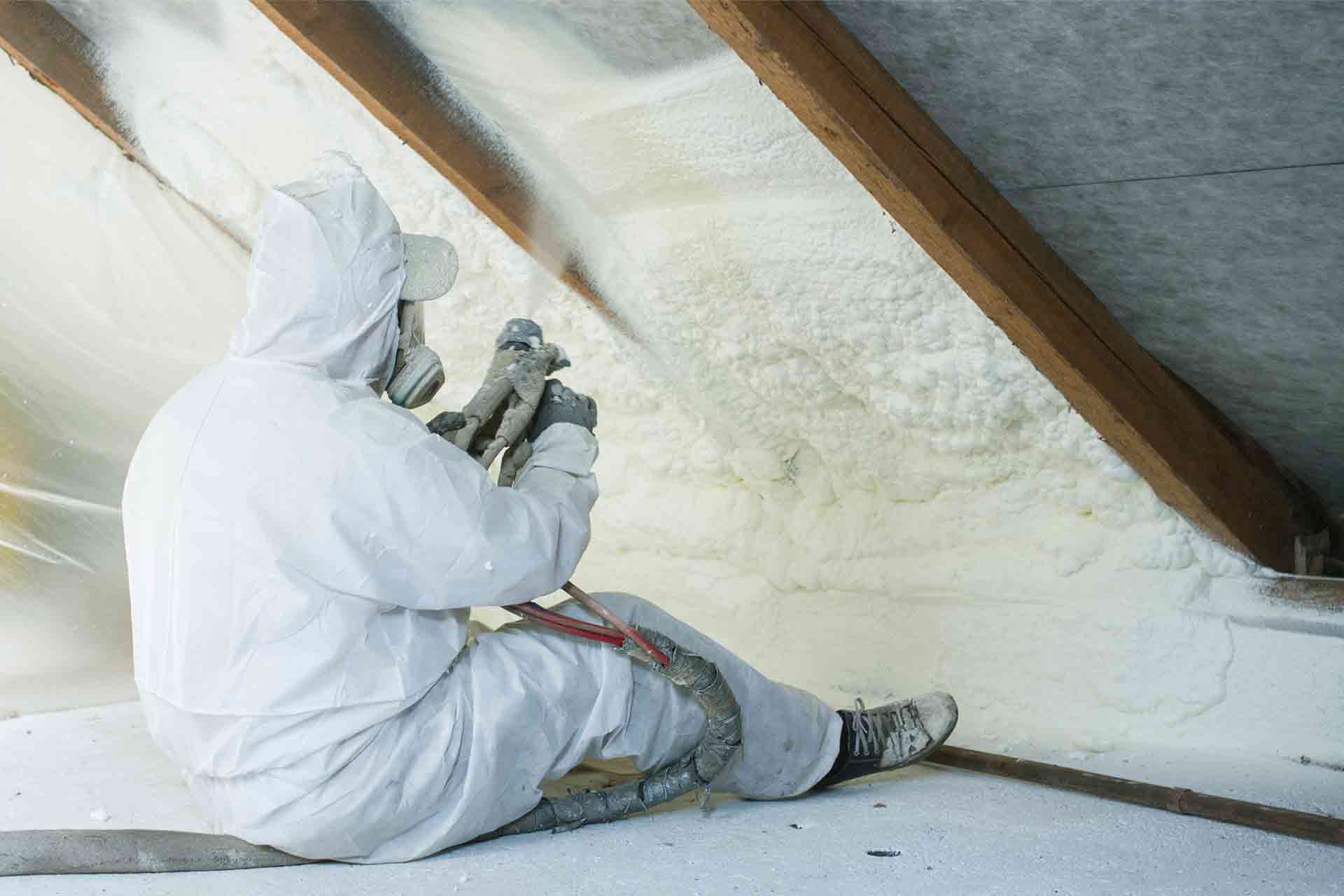
Using an icynene spray foam insulation system can save up to 50% on energy bills when compared to traditional home insulation products. It consists of a soft, flexible foam that’s applied as a spray. It has the highest resistance to vapour when compared to any similar product and it has the lowest level of moisture absorption. It’s the only foam insulator to be awarded IAB, ETA and BBA certification.
In this guide, we take a look at the average icynene insulation cost.
What is icynene insulation?
There are two types of icynene insulation:
- Icynene open cell: This is the type most suitable for the home, including roof and loft insulation. It’s also ideal for insulating wall cavities and floors. When applied, the foam’s composition allows it to expand and trap bubbles of air. The spray foam forms an air barrier, reliably preventing cold air drifting in and warm air or heat escaping. Yet it’s completely breathable, allowing moisture to escape and preventing timber joists from rotting.
- Icynene closed cell: This form is ideal for the metal structures found in industrial buildings, boats and shipping containers. Closed cell spray foam reduces the air it encases to form a dense, rigid substance. In metal structures, it creates an effective barrier against water and air leakages.
How much does icynene insulation cost?
| Insulation type | Unit | Cost - low | Cost - high | Average cost |
|---|---|---|---|---|
| Open cell spray foam | Per m2 | £40 | £70 | £55 |
| Closed cell spray foam | Per m2 | £50 | £90 | £70 |
Our costs are ballpark averages – get a local tradesperson to quote now
The cost of Icynene insulation is more than other types of insulating materials such as fibreglass. But the expense is offset by its superior performance in reducing heat loss. Calculating the icynene insulation cost will depend on the size of the space you intend to insulate, the foam’s thickness, how you’ll apply it and the type of insulating spray foam.
A professional installer will conduct a survey prior to application to assess the condensation risk, U values and the substrate quality. This will determine various factors such as how much ventilation might be required to prevent condensation and how thick the foam should be.
The cost of icynene insulation can be affected by several factors including:
- The amount of spray foam that’s required.
- Which particular product should be used.
- The size and accessibility of the area to be insulated.
- The amount of labour involved.
- The structure’s overall size.
The overall cost for icynene insulation will very much depend on its thickness, but per m2 it can cost between £20 and £70.
Icynene insulation cost per square foot
The Icynene insulation cost per square foot is approximately £7 to £21.
Icynene roof insulation cost
According to The Energy Saving Trust, the average cost to insulate a roof in an average three-bedroom semi-detached home could be approximately £300. By comparison, it could cost more than £1,000 when using icynene spray foam insulation. Although it is pricier initially, it can save you money in the long run.
Icynene insulation vs traditional insulation
- Airtightness: When applied, Icynene insulation expands up to 100 times ensuring that every crevice is filled. Standard insulation leaves spaces and even a small 5% gap can result in losing 50% heat.
- Flexibility: Spraying Icynene effectively reaches into the most difficult areas, unlike other materials.
- Breathable: The open structure of icynene eliminates the condensation problems that can often be caused by traditional insulation.
- Fast: Professional installation is quick and easy.
FAQ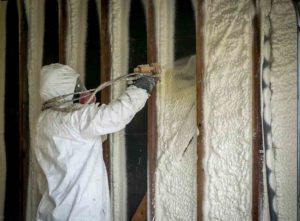
Does the Green Homes Grant include icynene insulation?
Yes, for more details see our Green Homes Grant cost guide.
Is it a DIY job?
No. It requires specialised breathing apparatus during installation and if it’s incorrectly sprayed, it’s almost impossible to remove causing very expensive repairs.
Can it be used in a listed building?
No, icynene is unsuitable for use in listed buildings.
Find and book your trade with us and we'll guarantee their work up to £1,000*.
Guaranteed for 12 months. Eligibility and T&Cs apply
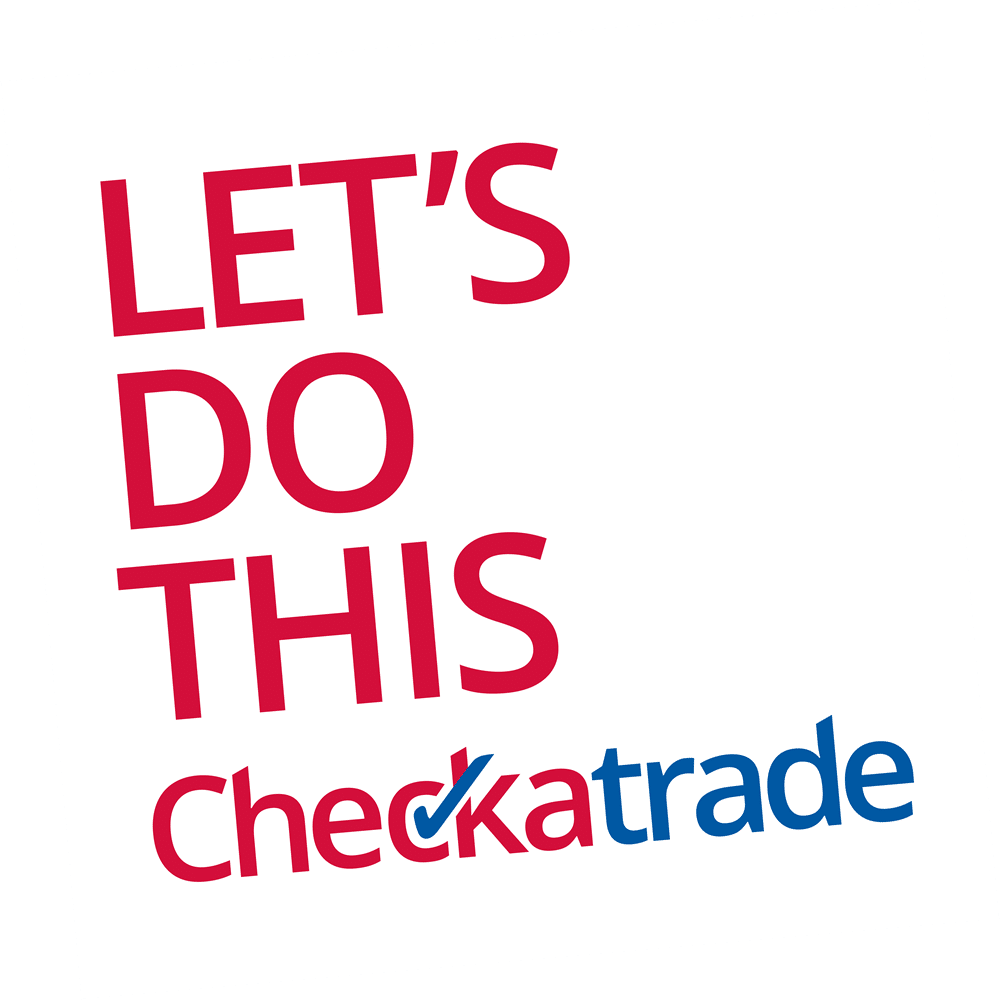
Working with professional estimators, we collate cost estimates for the common home improvement and repair jobs in the UK.
All the costs are estimates only. For accurate costs for your particular requirements, you are encouraged to reach out to professional tradespeople to receive a quote for your job.
Our estimators are Chartered Members (MRICS) of the Royal Institution of Chartered Surveyors and Members of the Chartered Institute of Building (MCIOB). See full disclaimer.
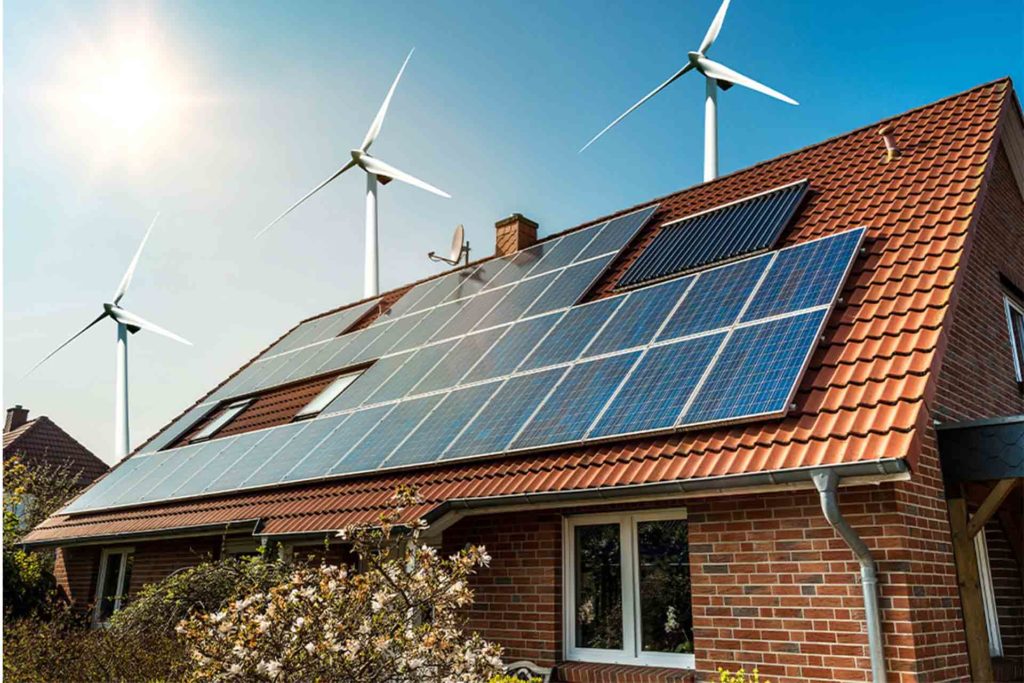
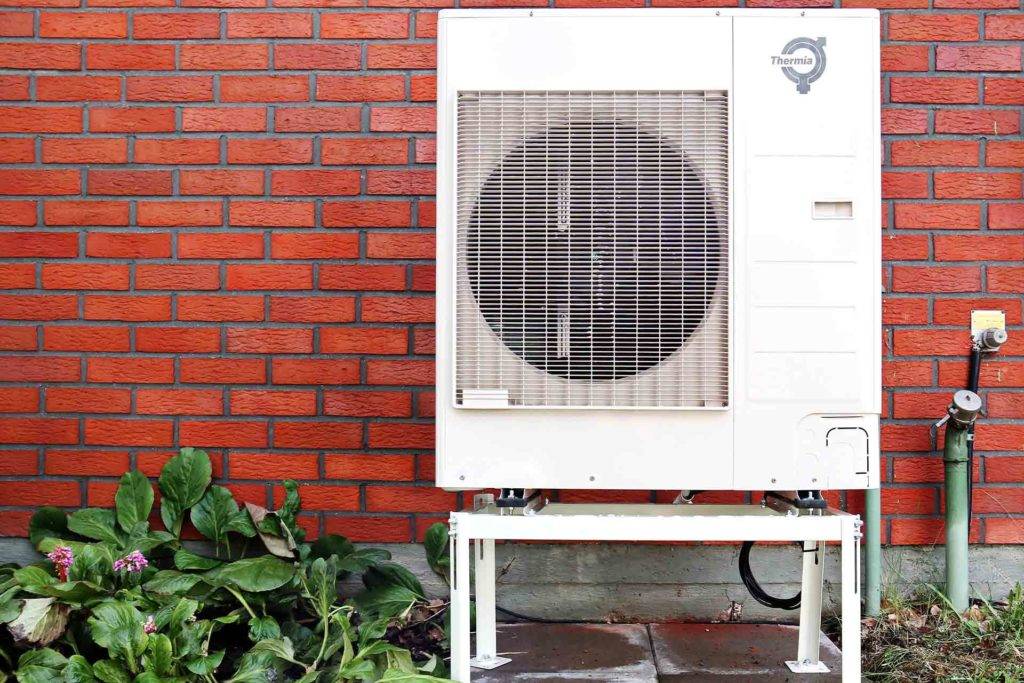
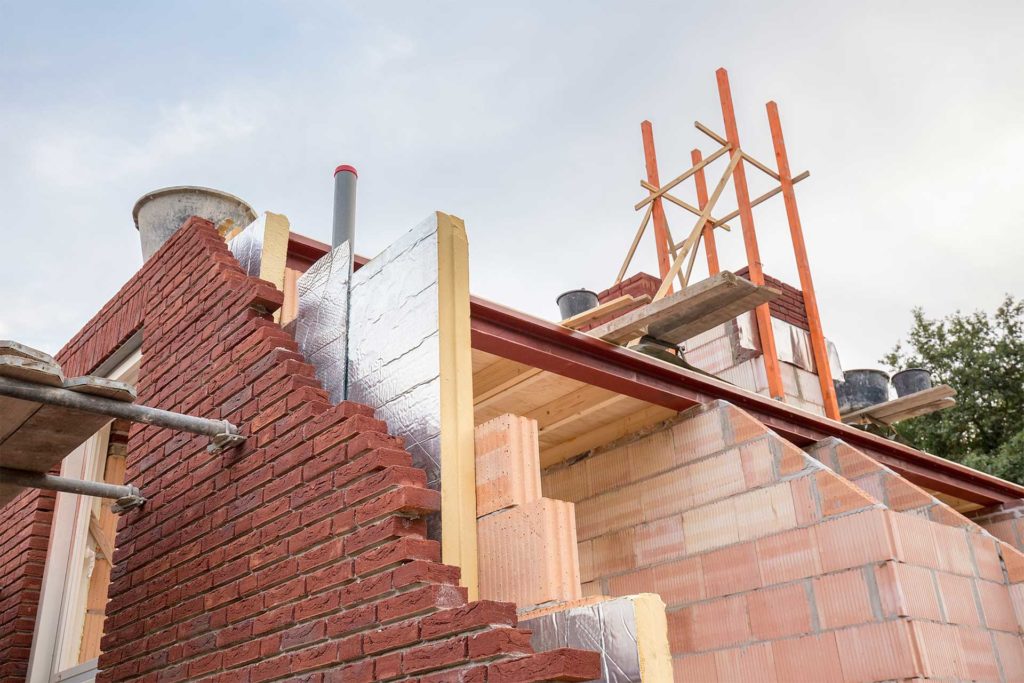
No comments yet!